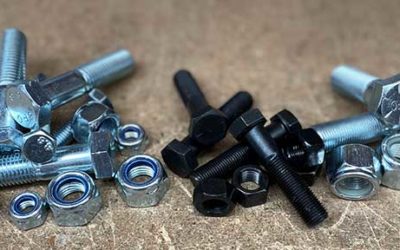Understanding Seismic Bracing when it comes to your Designs
We have partnered with the team at BVT Engineering Professional Services (BVT) who are experts in the field of Interior Engineering. To help give a better understanding of Seismic bracing, they have put together information that clearly lays out the Bracing Guidelines.
To do this they have taken the hundreds of pages of Engineering specifications, that make up the NZ Standard 4219:2009 and have put it in an easy to digest format. Have a read and then give us a call when you are in the planning phase of your next project, to get the right design and product to bring it all together.
Piping Systems
While all services must be ‘seismically restrained’, as per the building code, services that meet the following conditions don’t require any additional seismic bracing, the hangers are able to provide enough rigidity alone:
- Pipes are less than 50 mm in diameter; and
2. Pipes are suspended by individual hangers of 150mm or less; and
3. Have 150 mm of clearance from hangers and braces for adjacent suspended components
Ductwork
Like pipework your ductwork system designs do not require seismic bracing if:
- The ductwork is considered rigid; and
2. Ductwork is suspended by individual hangers 200mm or less; and
3. Have 150 mm of clearance from hangers and braces for adjacent suspended components
Non-essential electrical services
Non-essential electrical services (i.e. cable trays), do not require seismic bracing if:
- The services are suspended by individual hangers 400mm or less; and
2. Have 150 mm of clearance from hangers and braces for adjacent suspended components.

If you are able to keep flexible ductwork to less than 1.5m, it is less likely to require additional seismic bracing. When adding in individual components, such as speakers in a ceiling cavity, keeping these under 7.5kg where possible will also reduce the need for seismic restraint.
The minimum spacing requirements for unrestrained services (pipework, cable trays, HVAC ducts and suspended ceilings) are as follows:

When working with FDG, we call on the right partners to make sure that all factors are considered as part of the design for the products we supply, meaning your project isn’t held up, getting the right approvals or drawings later in the project.
FDG in conjunction with BVT has the knowledge and expertise when it comes to the relevant NZ Building codes and standards, ensuring you have a complaint and trouble free installation.
We encourage you to speak to us early in the process to ensure that: 1. You consider all factors in your tenders/ budgets and 2. You have look into the potential to reduce bracing while maintaining a fully compliant design.
Reach out to us today about your upcoming project so that you have the right information up front to keep you moving and making.

Latest Blog
The Ideal Product to Support Your Mechanical, Hydraulic and Electrical Piping and Cabling
Strut or sometimes known in the industry as Unistrut, is one of the core components in mechanical, hydraulic and electrical support systems.
This non-welded, adjustable and reusable strut channel framework, provides superior flexibility due to…
The Different Fastening Metals and Coatings
Powder coating is the process of spraying finely milled particles and resin to create a smooth cover permanently bonded to the fasteners surface. As the coating seals to the metal it gives a protective, tough and robust surface. As the coating seals to the metal it gives a protective, tough and robust surface.
How Important is Supplier Consolidation?
For all businesses the costs of supplies and the supply chain is under constant scrutiny. As businesses look to reduce costs and streamline processes, consolidating suppliers is an obvious yet sometimes difficult place to start. Long standing relationship with individual suppliers can play a role…


